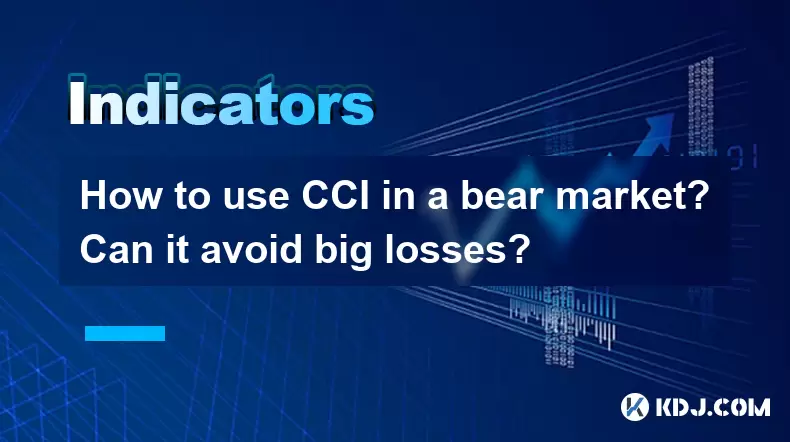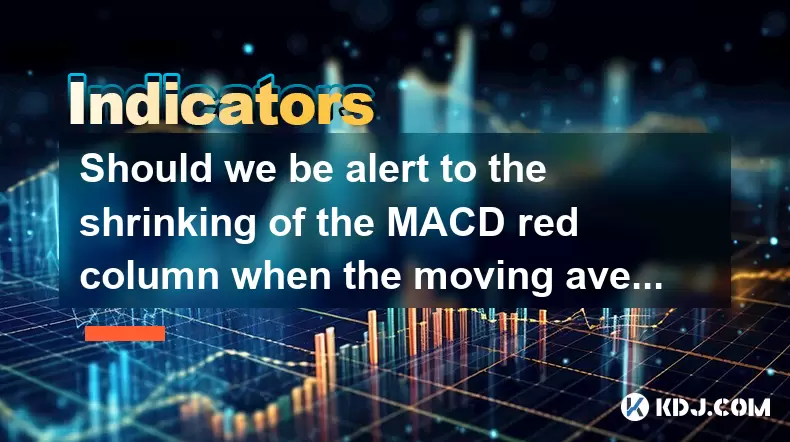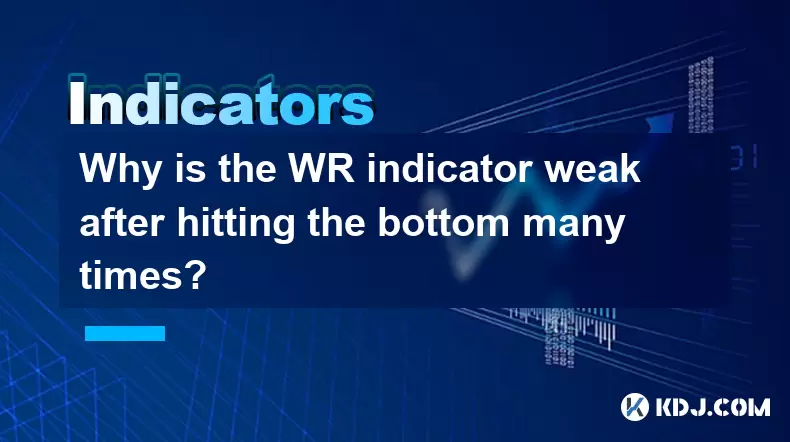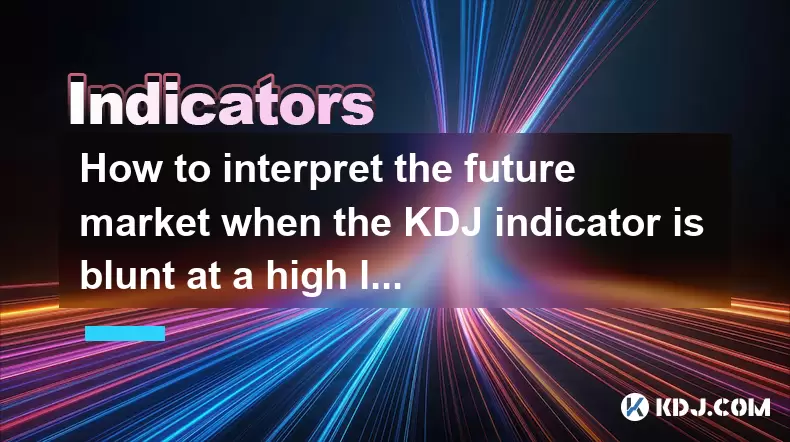-
 Bitcoin
Bitcoin $101,898.5005
-0.75% -
 Ethereum
Ethereum $2,258.1125
-1.07% -
 Tether USDt
Tether USDt $1.0004
0.01% -
 XRP
XRP $2.0178
-2.93% -
 BNB
BNB $624.0243
-1.53% -
 Solana
Solana $134.3298
-0.90% -
 USDC
USDC $0.9999
0.01% -
 TRON
TRON $0.2675
-2.05% -
 Dogecoin
Dogecoin $0.1538
-1.96% -
 Cardano
Cardano $0.5482
-1.11% -
 Hyperliquid
Hyperliquid $35.5636
5.45% -
 Bitcoin Cash
Bitcoin Cash $453.4902
-1.66% -
 Sui
Sui $2.5134
-2.97% -
 UNUS SED LEO
UNUS SED LEO $9.1292
1.77% -
 Chainlink
Chainlink $11.8457
-1.60% -
 Stellar
Stellar $0.2312
-2.73% -
 Avalanche
Avalanche $16.9721
0.29% -
 Toncoin
Toncoin $2.7549
-3.82% -
 Shiba Inu
Shiba Inu $0.0...01081
-1.10% -
 Litecoin
Litecoin $80.8250
-0.71% -
 Hedera
Hedera $0.1374
0.21% -
 Monero
Monero $305.4827
-2.36% -
 Ethena USDe
Ethena USDe $1.0006
0.00% -
 Dai
Dai $1.0000
-0.01% -
 Polkadot
Polkadot $3.2085
-3.12% -
 Bitget Token
Bitget Token $4.0845
-3.13% -
 Uniswap
Uniswap $6.3353
-1.63% -
 Pi
Pi $0.5085
-0.70% -
 Pepe
Pepe $0.0...08913
-3.82% -
 Aave
Aave $232.7090
-0.58%
How to use CCI in a bear market? Can it avoid big losses?
In a bear market, the CCI can help traders identify selling opportunities when it rises above +100 and buying opportunities when it drops below -100, aiding in loss minimization.
May 23, 2025 at 03:21 pm

The Commodity Channel Index (CCI) is a versatile technical indicator used by traders to identify cyclical trends in an asset's price. In the context of a bear market, where prices are generally declining, the CCI can be a valuable tool for traders looking to navigate the downturn and potentially minimize losses. This article will explore how to effectively use the CCI during a bear market and discuss whether it can help avoid significant losses.
Understanding the CCI
The Commodity Channel Index (CCI) is an oscillator that measures the deviation of an asset's price from its statistical mean. Developed by Donald Lambert in 1980, the CCI is typically used to identify overbought and oversold conditions in the market. The indicator is calculated using the following formula:
[ \text{CCI} = \frac{\text{Typical Price} - \text{SMA of Typical Price}}{\text{0.015 \times Mean Deviation}} ]
Where:
- Typical Price is the average of the high, low, and close prices.
- SMA of Typical Price is the simple moving average of the typical price over a specified period.
- Mean Deviation is the mean absolute deviation of the typical price from its SMA.
The CCI oscillates around zero, with readings above +100 indicating overbought conditions and readings below -100 indicating oversold conditions. In a bear market, understanding these thresholds can help traders make informed decisions.
Using CCI to Identify Selling Opportunities
In a bear market, the primary goal for many traders is to minimize losses. The CCI can be used to identify potential selling opportunities by signaling when an asset might be overbought. When the CCI rises above +100, it suggests that the asset's price has deviated significantly from its average, potentially indicating a good time to sell.
- Monitor the CCI: Keep an eye on the CCI indicator on your trading platform. When it crosses above +100, consider it a signal to potentially sell your holdings.
- Confirm with Price Action: Always confirm the CCI signal with price action. Look for bearish candlestick patterns or other technical indicators that support the sell signal.
- Set Stop-Loss Orders: To manage risk, set stop-loss orders slightly above the recent high to limit potential losses if the market moves against your position.
Using CCI to Identify Buying Opportunities
While a bear market is characterized by declining prices, there can still be opportunities for buying, especially if you're looking to take advantage of short-term rebounds. The CCI can help identify oversold conditions, signaling potential buying opportunities.
- Monitor the CCI: Watch for the CCI to drop below -100, indicating an oversold condition.
- Confirm with Price Action: Look for bullish reversal patterns or other indicators that suggest the price might rebound.
- Set Stop-Loss Orders: Place stop-loss orders below the recent low to protect against further declines.
Combining CCI with Other Indicators
To enhance the effectiveness of the CCI in a bear market, consider combining it with other technical indicators. Using multiple indicators can provide a more comprehensive view of market conditions and increase the reliability of your trading signals.
- Moving Averages: Use moving averages to identify the overall trend. In a bear market, the price will typically be below the longer-term moving averages.
- Relative Strength Index (RSI): The RSI is another momentum oscillator that can help confirm overbought and oversold conditions signaled by the CCI.
- MACD (Moving Average Convergence Divergence): The MACD can help identify potential trend reversals, which can be useful in a bear market.
Implementing a CCI-Based Trading Strategy
Developing a trading strategy based on the CCI can help traders navigate a bear market more effectively. Here's a step-by-step guide to implementing a CCI-based trading strategy:
- Choose the Right Timeframe: Depending on your trading style, choose an appropriate timeframe for your CCI analysis. Shorter timeframes are suitable for day trading, while longer timeframes may be better for swing trading.
- Set CCI Parameters: The default setting for the CCI is typically 20 periods. However, you may need to adjust this based on the asset's volatility and your trading strategy.
- Identify Entry and Exit Points: Use the CCI to identify potential entry and exit points. When the CCI crosses above +100, consider it a potential sell signal. When it drops below -100, consider it a potential buy signal.
- Confirm Signals: Always confirm CCI signals with other indicators and price action to increase the probability of successful trades.
- Manage Risk: Use stop-loss orders to manage risk and protect your capital. Adjust the stop-loss levels based on market volatility and your risk tolerance.
Can CCI Help Avoid Big Losses?
While the CCI can be a useful tool for identifying potential trading opportunities in a bear market, it is not a foolproof method for avoiding big losses. The effectiveness of the CCI depends on various factors, including market conditions, the asset being traded, and the trader's skill in interpreting the signals.
- Market Volatility: High volatility can lead to false signals, making it challenging to rely solely on the CCI.
- Trader's Experience: Experienced traders may be better at interpreting CCI signals and combining them with other indicators to make more informed decisions.
- Risk Management: Proper risk management, including the use of stop-loss orders and position sizing, is crucial for minimizing losses, regardless of the indicators used.
Frequently Asked Questions
Q1: Can the CCI be used for all types of assets in a bear market?
A1: The CCI can be applied to various assets, including stocks, commodities, and cryptocurrencies. However, the effectiveness may vary depending on the asset's volatility and market conditions. Always backtest your strategy on historical data to ensure its suitability for the specific asset you are trading.
Q2: How often should I check the CCI during a bear market?
A2: The frequency of checking the CCI depends on your trading style. Day traders may need to monitor the CCI more frequently, perhaps every few minutes or hours, while swing traders might check it daily or weekly. Adjust your monitoring frequency based on your trading timeframe and strategy.
Q3: Are there any specific cryptocurrencies that the CCI works better with in a bear market?
A3: The CCI can be applied to any cryptocurrency, but it may work better with more liquid and widely traded assets like Bitcoin and Ethereum. These assets tend to have more reliable price data and less volatility compared to smaller altcoins, which can lead to more accurate CCI signals.
Q4: Can I use the CCI in conjunction with fundamental analysis in a bear market?
A4: Yes, combining technical indicators like the CCI with fundamental analysis can provide a more holistic view of the market. While the CCI helps identify short-term trading opportunities, fundamental analysis can offer insights into the long-term health and potential of a cryptocurrency, helping you make more informed decisions in a bear market.
Disclaimer:info@kdj.com
The information provided is not trading advice. kdj.com does not assume any responsibility for any investments made based on the information provided in this article. Cryptocurrencies are highly volatile and it is highly recommended that you invest with caution after thorough research!
If you believe that the content used on this website infringes your copyright, please contact us immediately (info@kdj.com) and we will delete it promptly.
- DOGE Recovery Amid US-Iran Tensions: A Market Rollercoaster
- 2025-06-23 20:45:13
- Fiserv, PayPal, and Stablecoins: A New Era of Interoperability?
- 2025-06-23 20:45:13
- Hacken Token's Wild Ride: Minting Exploit and the Cryptocurrency Crash
- 2025-06-23 21:05:12
- Dogecoin, Cloud Mining, and Blockchain: A Meme's Evolution
- 2025-06-23 21:25:12
- Layer 1 Turmoil: CEO Ousted Amidst Scam Allegations
- 2025-06-23 21:05:12
- Solana's Stumble: Price Crash and Network Exodus?
- 2025-06-23 21:25:12
Related knowledge

What is the significance of the gap formed by the gap opening not being filled within five days?
Jun 23,2025 at 09:42pm
Understanding Gaps in Cryptocurrency TradingIn the world of cryptocurrency trading, a gap refers to a situation where the price of an asset jumps from one level to another without any trading activity occurring between those two levels. This often happens over weekends or holidays when the market is closed, and significant news or events occur that impa...

Does the second golden cross of MACD above the zero axis represent the continuation of strength?
Jun 23,2025 at 08:21pm
Understanding the MACD IndicatorThe Moving Average Convergence Divergence (MACD) is a widely used technical analysis tool in cryptocurrency trading. It consists of three main components: the MACD line, the signal line, and the histogram. The MACD line is calculated by subtracting the 26-period Exponential Moving Average (EMA) from the 12-period EMA. The...

Is it effective when the DIF line suddenly crosses the zero axis when the volume is shrinking and the market is trading sideways?
Jun 23,2025 at 07:29pm
Understanding the DIF Line in Technical AnalysisThe DIF line, or the Difference Line, is a critical component of the MACD (Moving Average Convergence Divergence) indicator, widely used in technical analysis across cryptocurrency and traditional financial markets. It represents the difference between the 12-period EMA (Exponential Moving Average) and the...

Should we be alert to the shrinking of the MACD red column when the moving average is arranged in a bullish pattern?
Jun 23,2025 at 08:14pm
Understanding the MACD Red Column and Its SignificanceThe Moving Average Convergence Divergence (MACD) is a widely used technical indicator in cryptocurrency trading. It consists of three main components: the MACD line, the signal line, and the MACD histogram (the red column). The red column represents the difference between the MACD line and the signal...

Why is the WR indicator weak after hitting the bottom many times?
Jun 23,2025 at 07:56pm
Understanding the WR Indicator in Cryptocurrency TradingThe Williams %R (WR) indicator is a momentum oscillator used by traders to identify overbought and oversold levels in the market. It ranges from 0 to -100, with readings above -20 considered overbought and below -80 considered oversold. In the context of cryptocurrency trading, where volatility is ...

How to interpret the future market when the KDJ indicator is blunt at a high level for a long time?
Jun 23,2025 at 10:35pm
Understanding the KDJ Indicator in Cryptocurrency TradingThe KDJ indicator, also known as the stochastic oscillator, is a momentum-based technical analysis tool used to identify overbought and oversold conditions in financial markets. It consists of three lines: the %K line (fast stochastic), the %D line (slow stochastic), and the J line (divergence). I...

What is the significance of the gap formed by the gap opening not being filled within five days?
Jun 23,2025 at 09:42pm
Understanding Gaps in Cryptocurrency TradingIn the world of cryptocurrency trading, a gap refers to a situation where the price of an asset jumps from one level to another without any trading activity occurring between those two levels. This often happens over weekends or holidays when the market is closed, and significant news or events occur that impa...

Does the second golden cross of MACD above the zero axis represent the continuation of strength?
Jun 23,2025 at 08:21pm
Understanding the MACD IndicatorThe Moving Average Convergence Divergence (MACD) is a widely used technical analysis tool in cryptocurrency trading. It consists of three main components: the MACD line, the signal line, and the histogram. The MACD line is calculated by subtracting the 26-period Exponential Moving Average (EMA) from the 12-period EMA. The...

Is it effective when the DIF line suddenly crosses the zero axis when the volume is shrinking and the market is trading sideways?
Jun 23,2025 at 07:29pm
Understanding the DIF Line in Technical AnalysisThe DIF line, or the Difference Line, is a critical component of the MACD (Moving Average Convergence Divergence) indicator, widely used in technical analysis across cryptocurrency and traditional financial markets. It represents the difference between the 12-period EMA (Exponential Moving Average) and the...

Should we be alert to the shrinking of the MACD red column when the moving average is arranged in a bullish pattern?
Jun 23,2025 at 08:14pm
Understanding the MACD Red Column and Its SignificanceThe Moving Average Convergence Divergence (MACD) is a widely used technical indicator in cryptocurrency trading. It consists of three main components: the MACD line, the signal line, and the MACD histogram (the red column). The red column represents the difference between the MACD line and the signal...

Why is the WR indicator weak after hitting the bottom many times?
Jun 23,2025 at 07:56pm
Understanding the WR Indicator in Cryptocurrency TradingThe Williams %R (WR) indicator is a momentum oscillator used by traders to identify overbought and oversold levels in the market. It ranges from 0 to -100, with readings above -20 considered overbought and below -80 considered oversold. In the context of cryptocurrency trading, where volatility is ...

How to interpret the future market when the KDJ indicator is blunt at a high level for a long time?
Jun 23,2025 at 10:35pm
Understanding the KDJ Indicator in Cryptocurrency TradingThe KDJ indicator, also known as the stochastic oscillator, is a momentum-based technical analysis tool used to identify overbought and oversold conditions in financial markets. It consists of three lines: the %K line (fast stochastic), the %D line (slow stochastic), and the J line (divergence). I...
See all articles
























































































